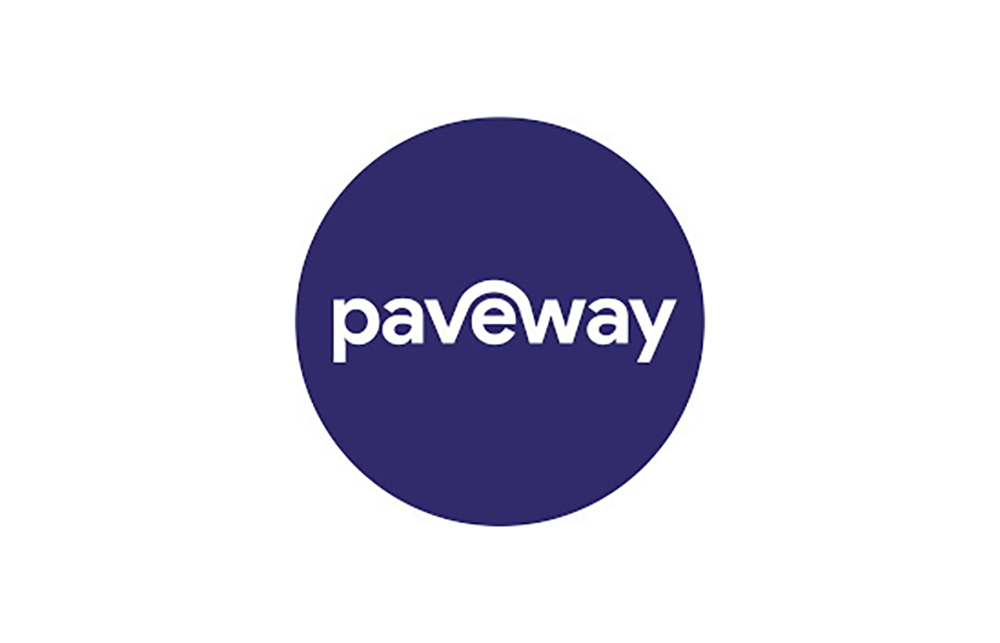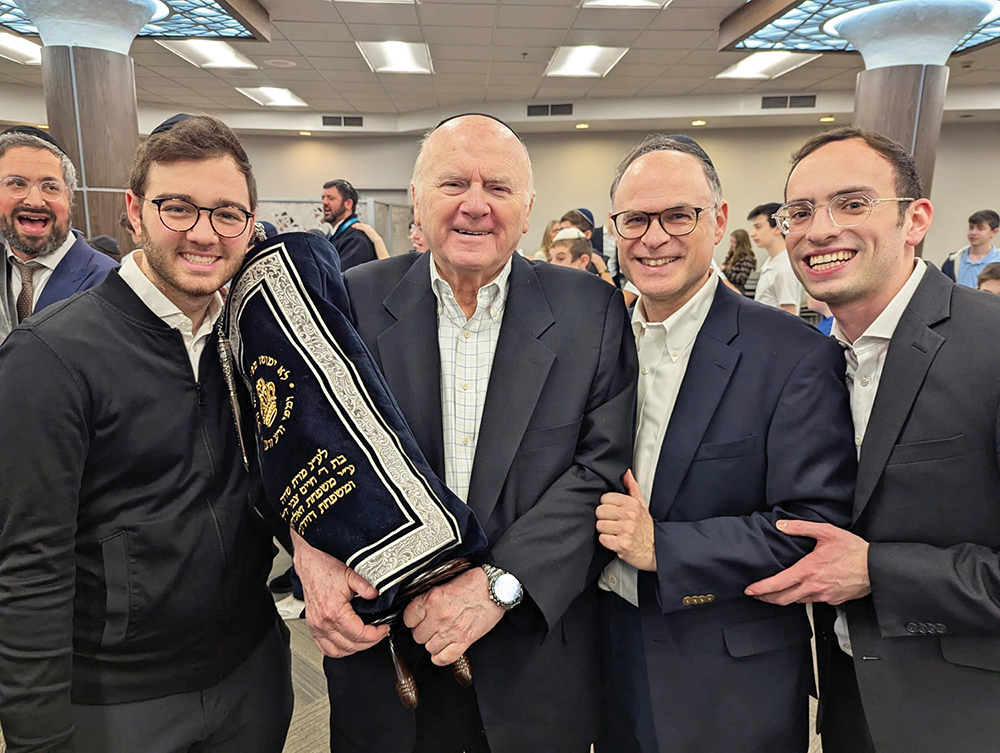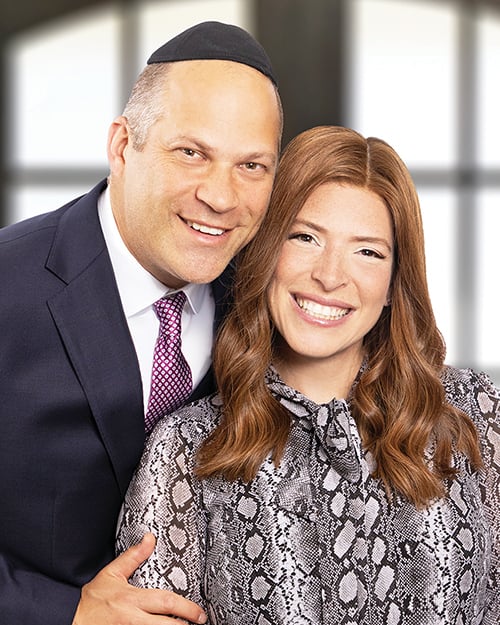This week’s parsha, Ha’azinu,is not simply a parsha. It is a song…
Using poetic, even prophetic, language, Ha’azinu is written in two columns in the Torah, as opposed to the Torah’s standard structure. The parsha thus parallels Az Yashir, sung by Am Yisrael on the shores of the Yam Suf, which features similar language and is also written uniquely in the Torah. God even introduces Ha’azinu in last week’s parsha, by commanding Moshe to write down “Hashira Hazos,” “this song,” and to teach it carefully to the entire nation.
What remains unclear, however, is why God relays the message of Ha’azinu as a song. What is the goal of this song? Az Yashir was man-initiated, a spontaneous expression of hoda’ah and shevach for the miracles that God performed for them. Song was a natural way to express that hoda’ah. However, here Hashem simply reiterates some of the critical messages of Sefer Devarim—the importance of keeping His mitzvot, and the accompanying rewards and punishments. Why do so in the form of song?
One hint towards answering this question lies in how God intends us to use Shirat Ha’azinu. After commanding Moshe to teach “this song” to Am Yisrael, God declares that after entry into Eretz Yisrael, a time will come when Bnei Yisrael will sin before Hashem. God will then bring upon them many horrible tragedies—to which Am Yisrael should respond with “this song,” as a testimony to Hashem’s warnings, and as encouragement that things will get better.
We can now understand God’s choice of song for the message of Ha’azinu. One unique aspect of song is that it helps a person more easily memorize words and ideas. Additionally, song and music have the unique ability to elicit emotion and passion. In His desire to equip us with the tools to deal effectively with the tragedies that will befall us, God therefore commands Moshe to transmit the messages of Ha’azinu in song form. Through the medium of song, the words will be more easily remembered, and the message more keenly internalized.
With this in mind, we turn to a fascinating debate regarding a pasuk at the end of Parshat Vayelech. God commands Moshe to “write for yourself this song and teach it to Bnei Yisrael.” As we noted above, most meforshim understand “this song” to refer to the song that follows, Shirat Ha’azinu. However, the Gemara Sanhedrin 21b interprets “this song” as referring to the entire Torah—and derives from here a biblical commandment for each person to write their own sefer Torah.
At first glance, this Gemara seems strange—How is the entire Torah a song? While the Torah narrative does include many beautiful songs, it seems strange to refer to the entire Torah as a song. What is the reason for this description?
Perhaps we can suggest that God relays a very powerful message by describing the Torah as a “song”—He frames an additional way through which we should experience the Torah. While intellectual discourse and active participation—through Torah study and fulfillment of Mitzvot—are the primary ways in which we experience the wisdom and depth of the Torah, another way for us to connect to the Torah is to experience it as a song. As noted above, music and song elicit emotions and passion in powerful ways. Through song, we access a deeper part of ourselves and can connect in ways we normally cannot. Additionally, there is a certain inner harmony and serenity that is accessed through the medium of song. It is no surprise, therefore, that the Gemara (Erchin 11a) declares, “What is the service [of God] that is with happiness and a complete heart? That is the service done through song.”
God, therefore, introduces a new way for us to look at the Torah, and view its impact on our lives. Far from simply being a book of laws, or an intellectual discipline, we are meant to experience the Torah as a song—a melody full of tremendous depth and meaning; a melody that animates and energizes us towards living inspired lives of kedusha.
Parallel to the magic created by disparate instruments coming together to create a beautiful song, living a life of Torah means creating an experience whose whole is greater than the sum of its parts. We are meant to listen to the song of Torah and allow that song to penetrate the depths of our souls—to enlighten and inspire us towards life-long avodat Hashem.
This new way of viewing the Torah is a crucial approach that we must stress as we raise our children in today’s world. From an early age, we must help our kids hear the song of Torah and encourage them to sing its song. Of course, our primary goal should be for our children to see the Torah as a guidebook that shapes their actions; and our shared study with them should focus on strengthening their intellectual connection with Hashem’s Torah. But we must also ensure that they experience Torah learning, and Torah life, as inspiring and enlightening. We must help them feel Torah as a force that touches them deeply and connects them to something beyond themselves—the song of Torah.
If we are successful in doing so, we will ensure that children will connect to Hashem and His Torah in the most complete way possible—in a way that will hopefully stay with them throughout their lives.
Rav Yossi Goldin is the menahel tichon at Yeshivas Pe’er HaTorah, Rebbe at Midreshet Tehilla, and Placement Advisor/Internship Coordinator for the YU/RIETS Kollel. He lives with his family in Shaalvim and can be reached at [email protected].













